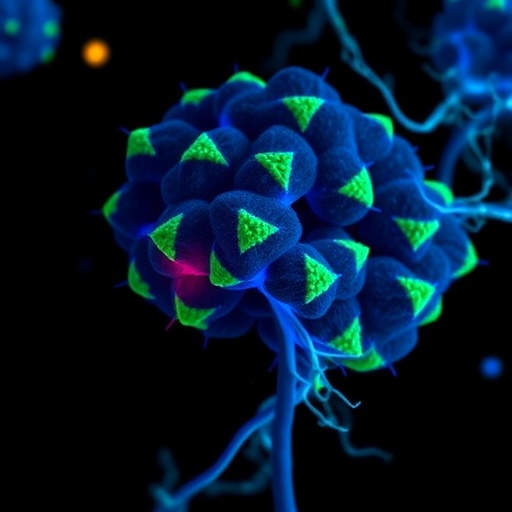He’s assisted students at the University of Reading, in England, who wished to implant magnets in the tips of their fingers and at least one who wished for an electrode in the tongue (with the help, Warwick says, of a Manchester tattoo artist who goes by the name “Dr. Evil”).
More recently, he’s been growing rat neurons on a 128-electrode array and using them to control a simple robot consisting of two wheels with a sonar sensor. The rudimentary little toy has no microprocessor of its own — it depends entirely on a rat embryo’s brain cells. The interesting question is just how big one of these neuron-electrode hybrid brains can grow, and those brain cell networks are now getting more complicated, and more legitimately mammalian, Warwick said this week in a keynote speech at the IEEE Biomedical Circuits and Systems conference. Warwick’s twist predates the living rat-controlled robot we wrote about recently, and it just goes to show that weird cyborg animal projects have virtually unlimited potential.
To start off a rat brain robot, embryonic neurons are separated out and allowed to grow on an electrode array. Within minutes the neurons start to push out tentacles and link up to each other, becoming interconnected dendrites and axons. A dense mesh of about 100,000 neurons can grow within several days. After about a week, Warwick and his collaborators can start to pulse the electrodes under the neural mesh in search of a pathway — that is, when neurons near an active electrode fire, another group of neurons on a different side of the array shows an inclination to fire as well.
Once they have a pathway — the groups fire in tandem at least a third of the time — the University of Reading researchers can use that connection to get the robot to roam around and learn to avoid crashing into walls. They connect the electrode array to the robot using Bluetooth. When the sonar senses it’s nearing a wall, it stimulates the electrode at one end of the neural pathway, and at first the brain sends back a coherent response only every once in awhile. The robot interprets the response as an instruction to turn its wheels. With time and repetition, the neural pathways become stronger, and the robot runs into the walls less frequently. In effect, the robot works out for itself how to not bash into obstacles.
Source: http://spectrum.ieee.org




